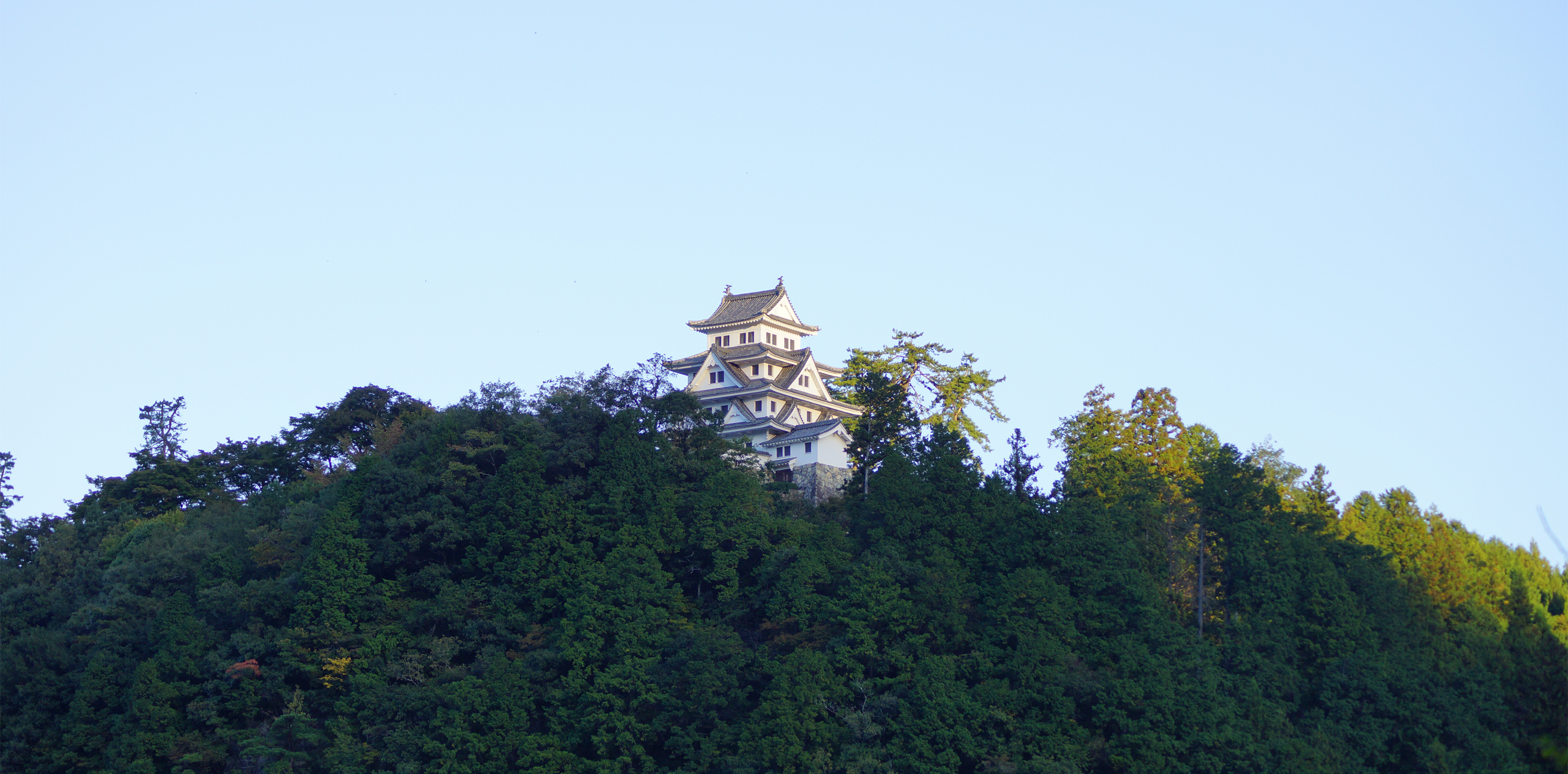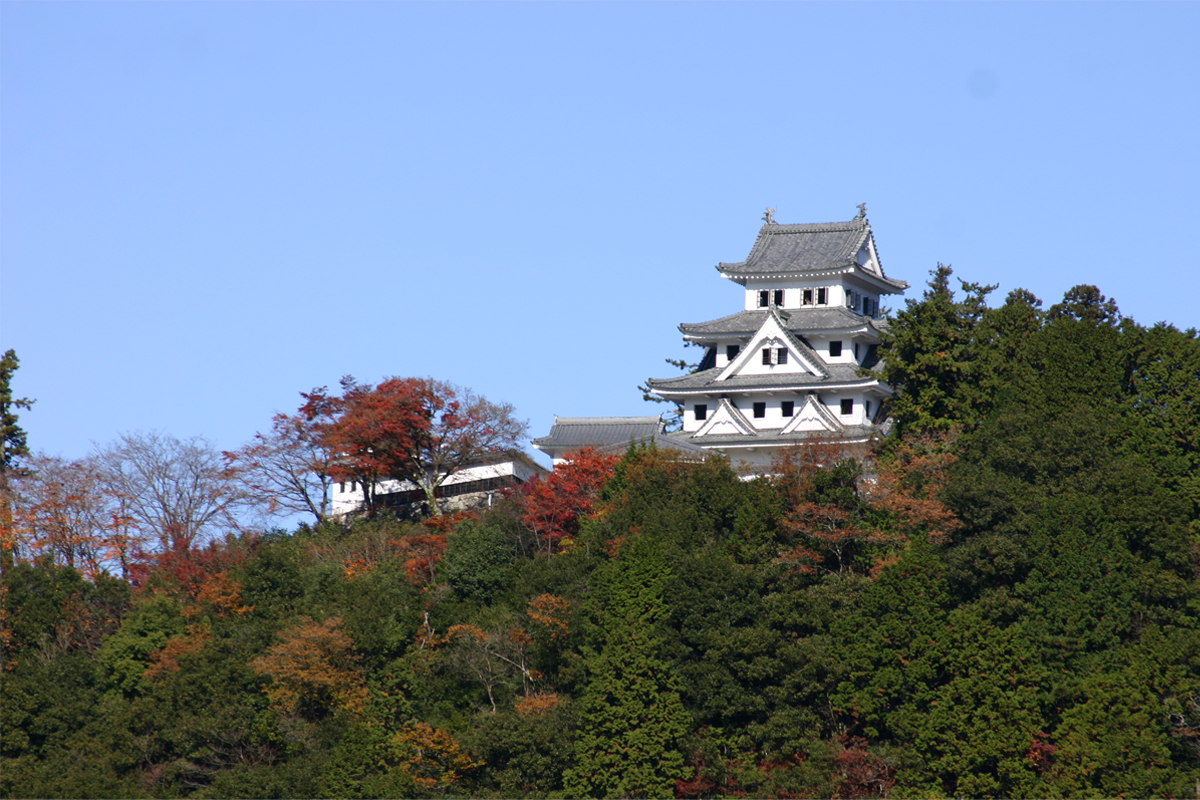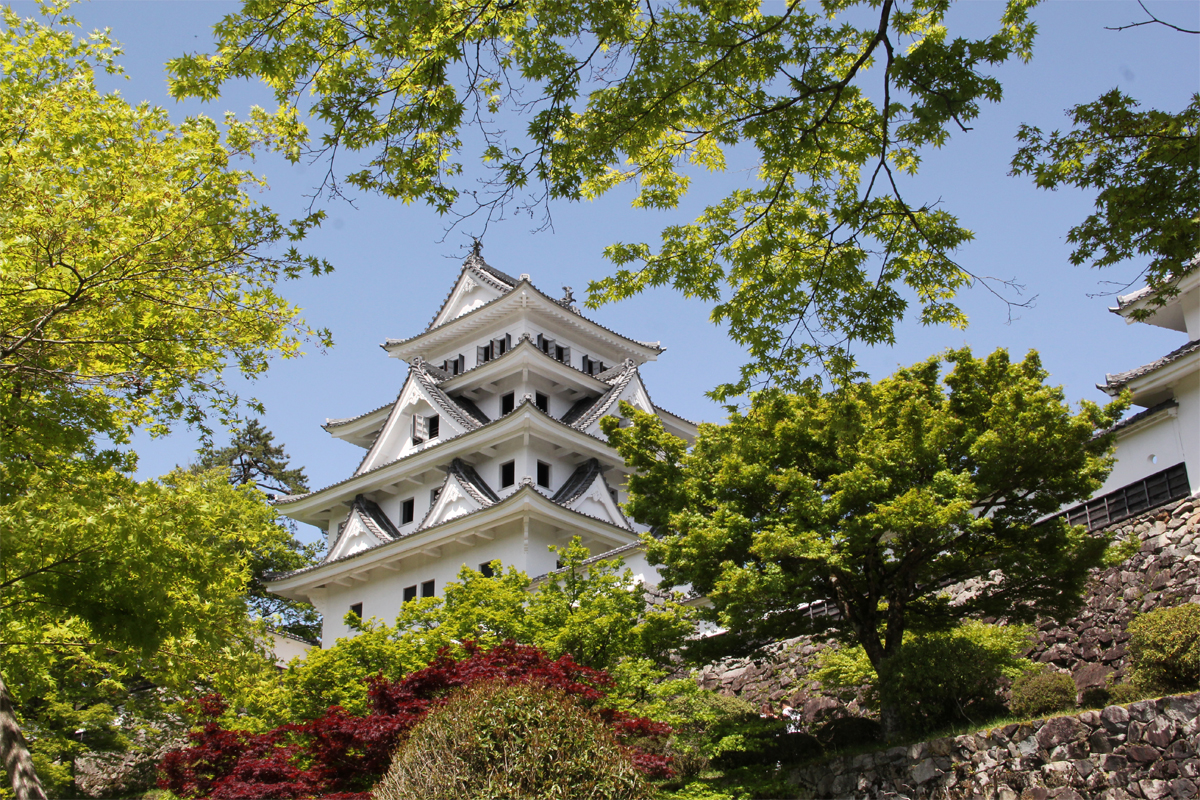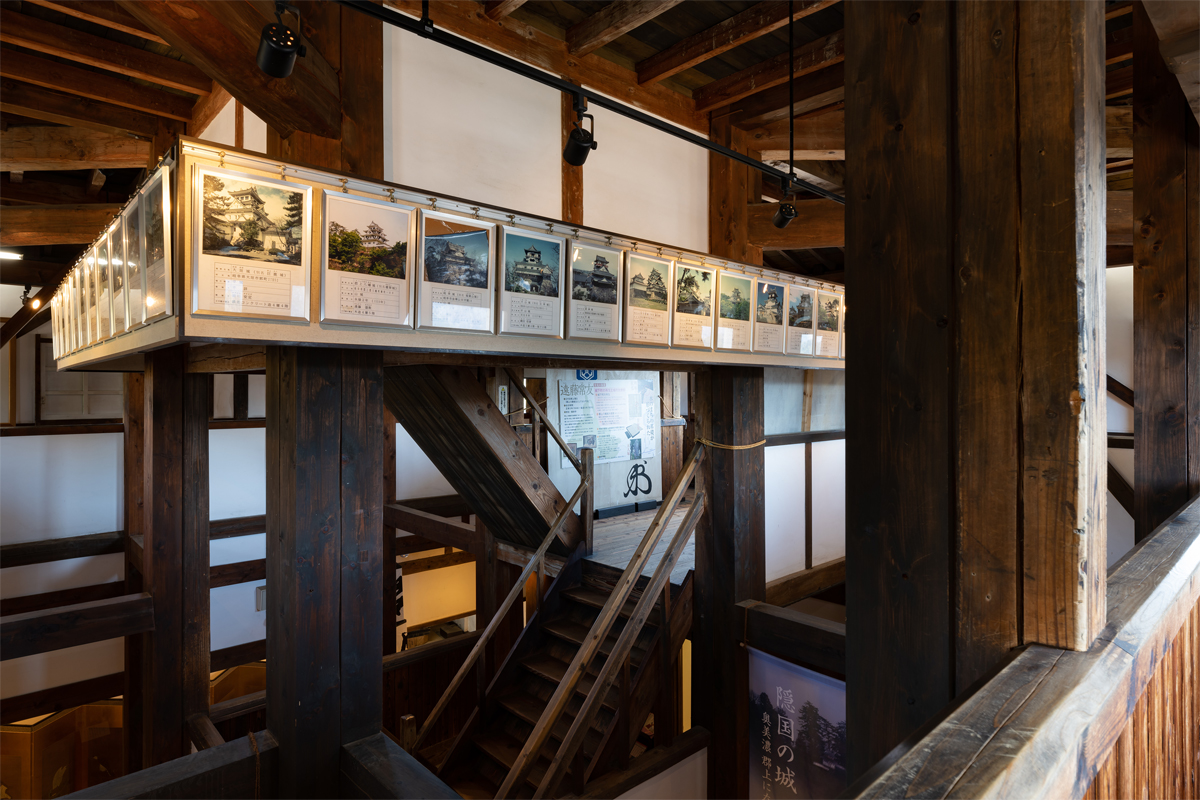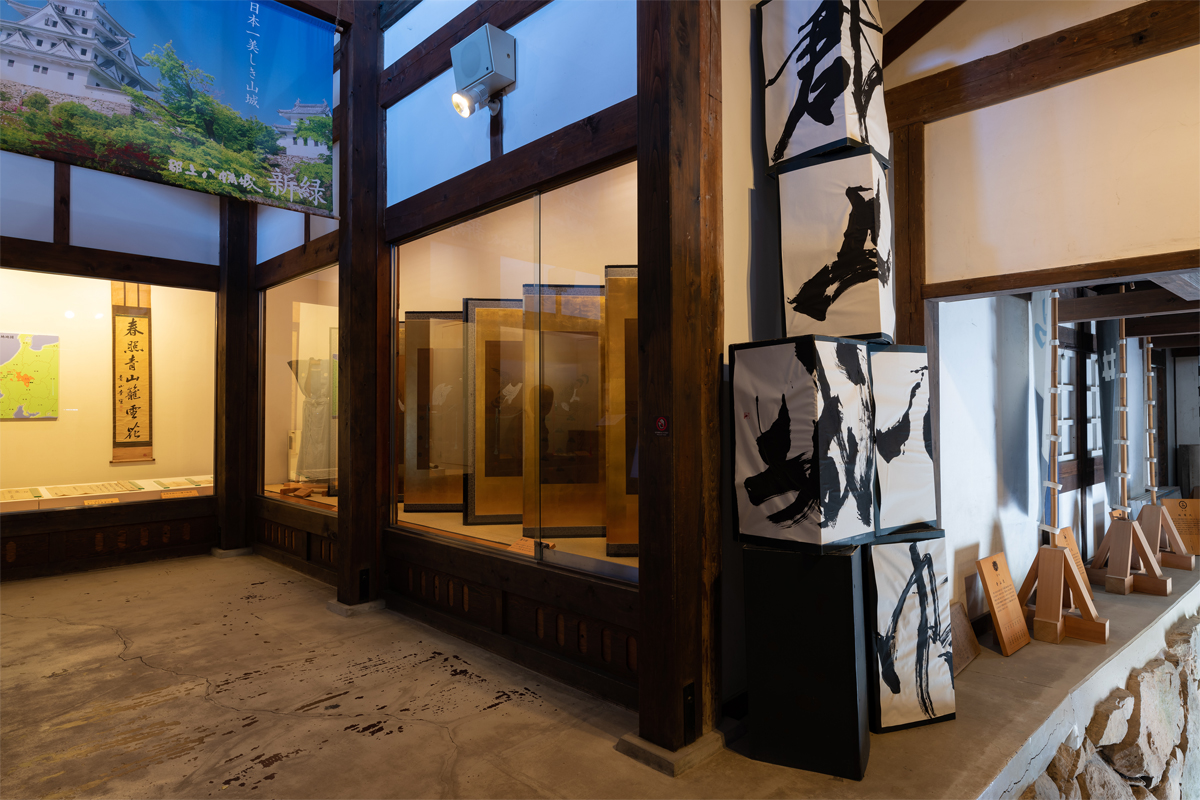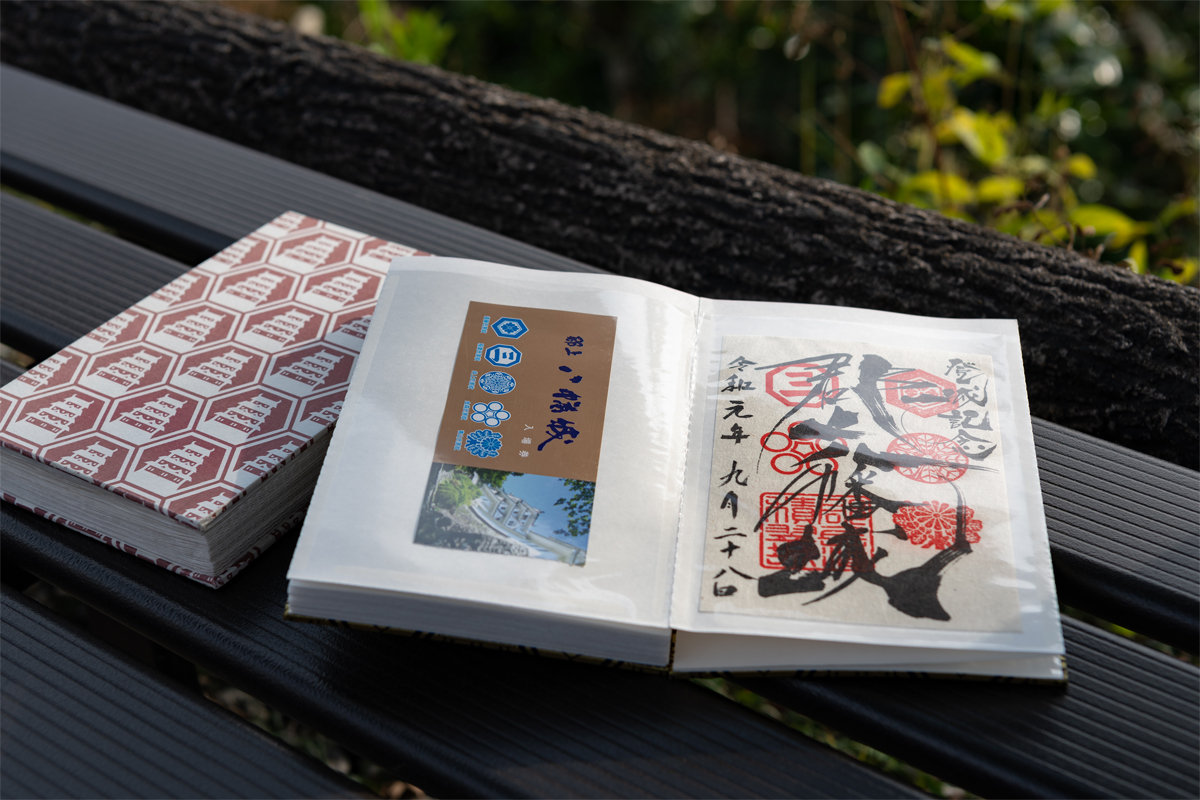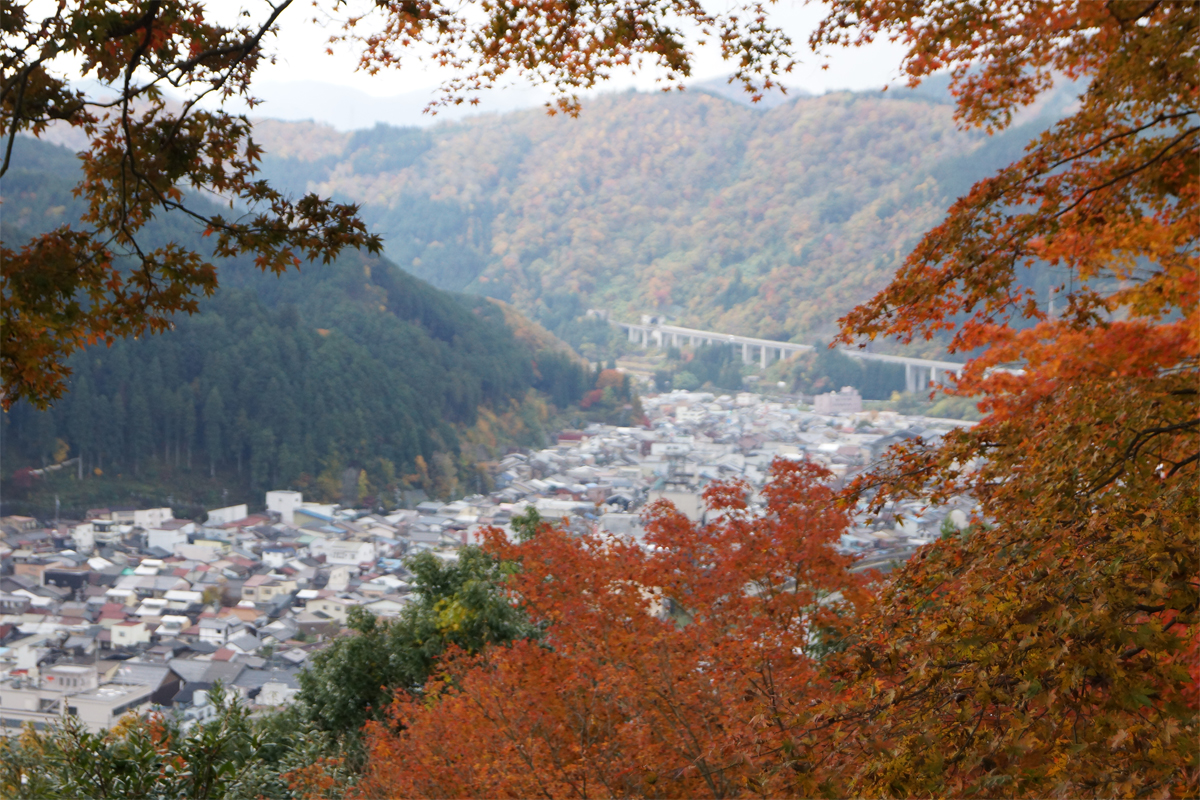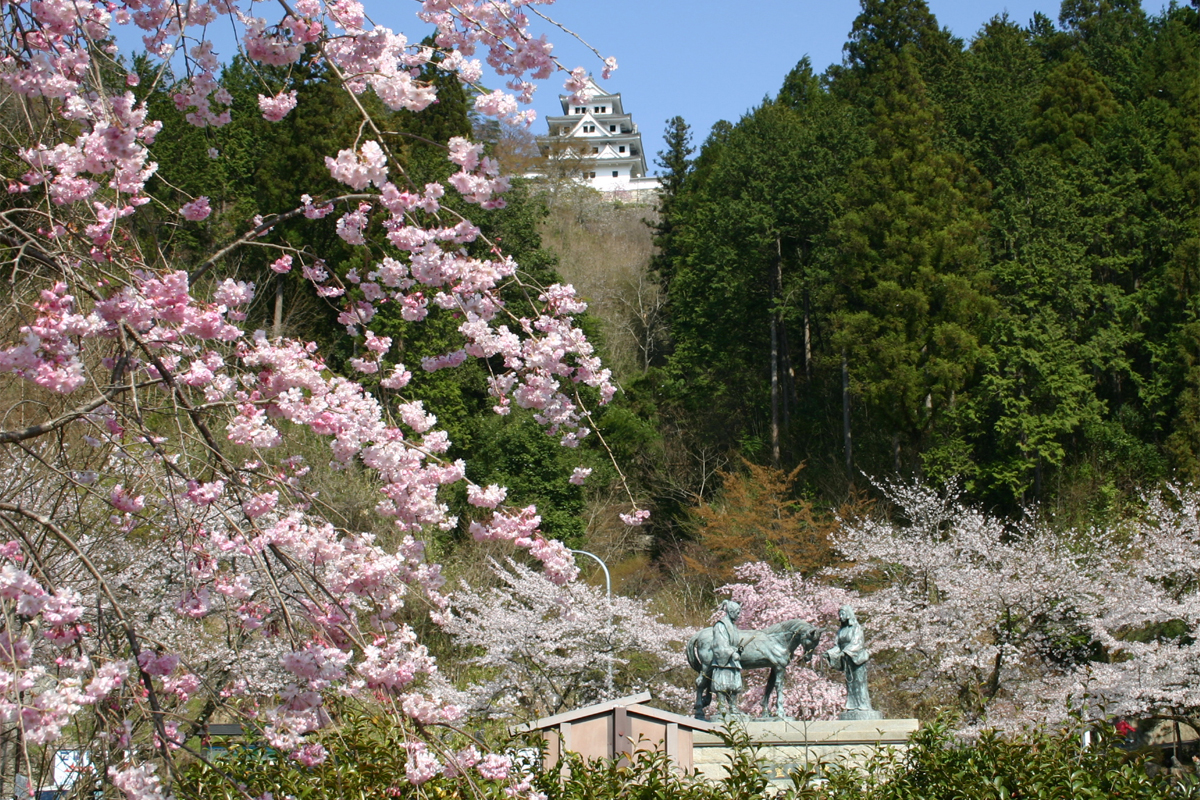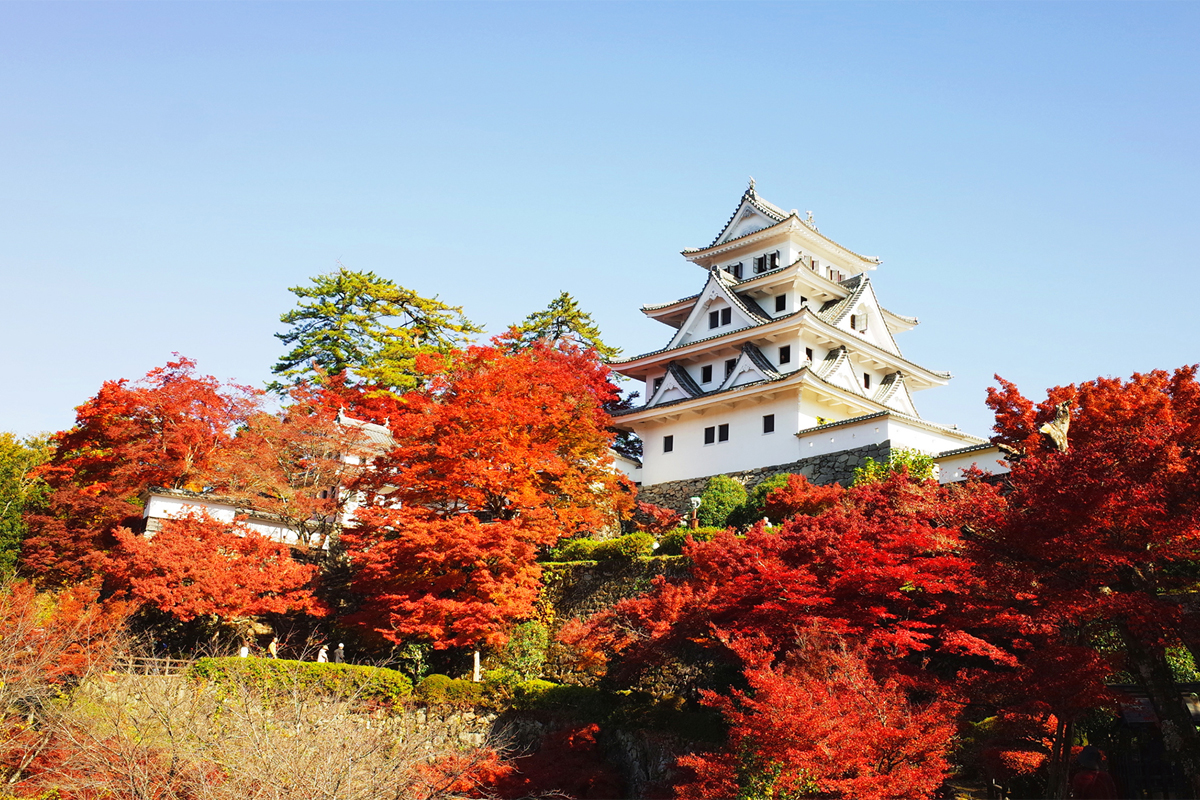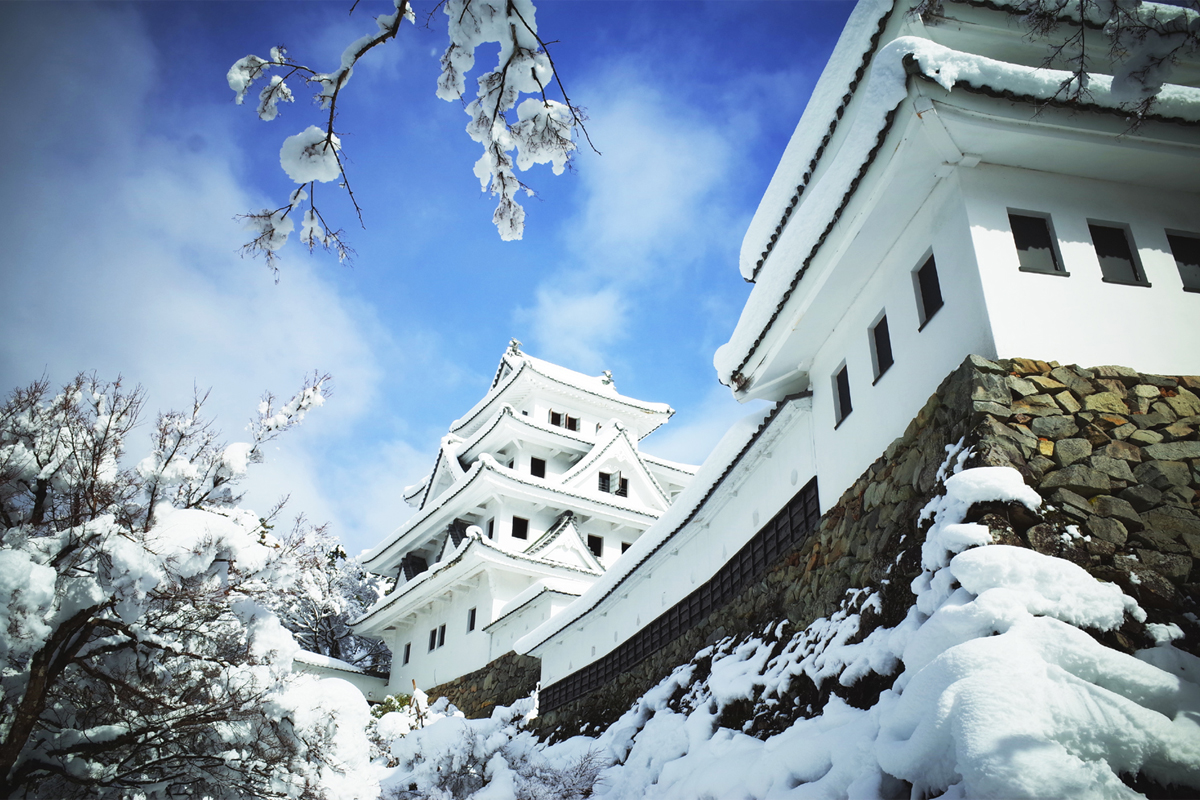Gujo Hachiman Castle
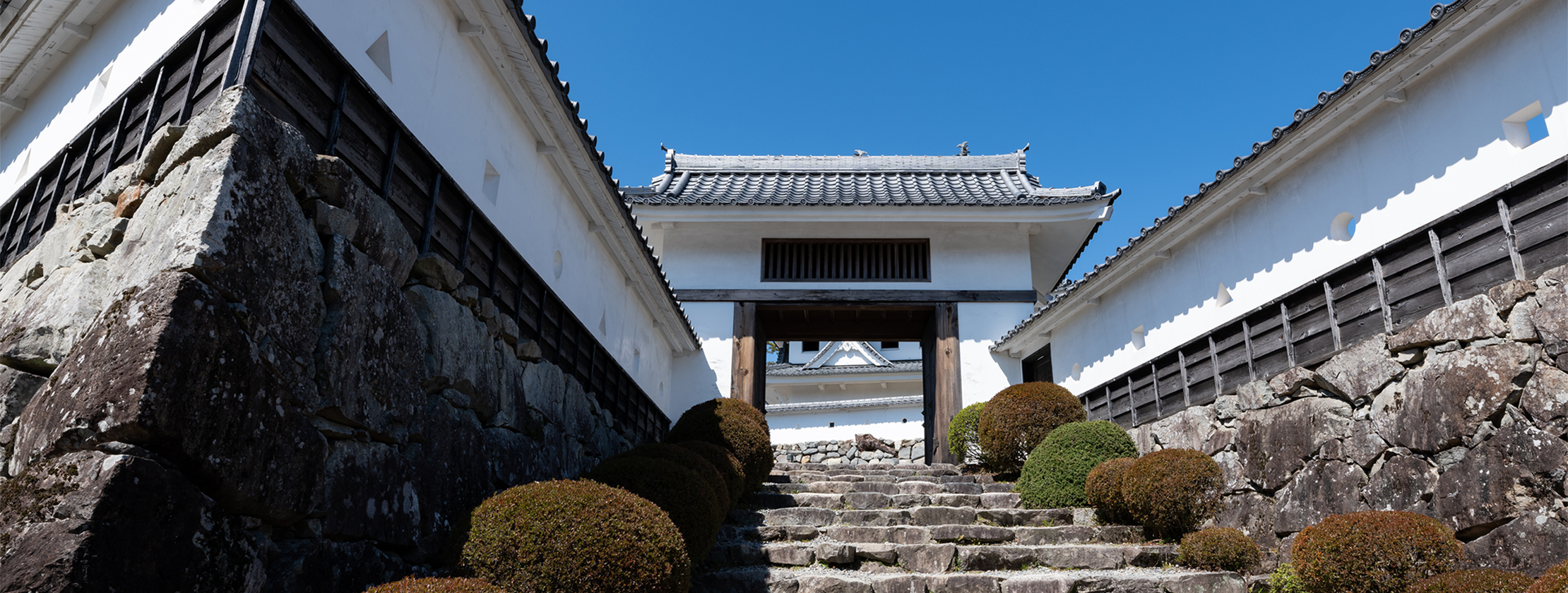
If you look up, you can find it right there.
Gujo Hachiman Castle,
the symbol of this town
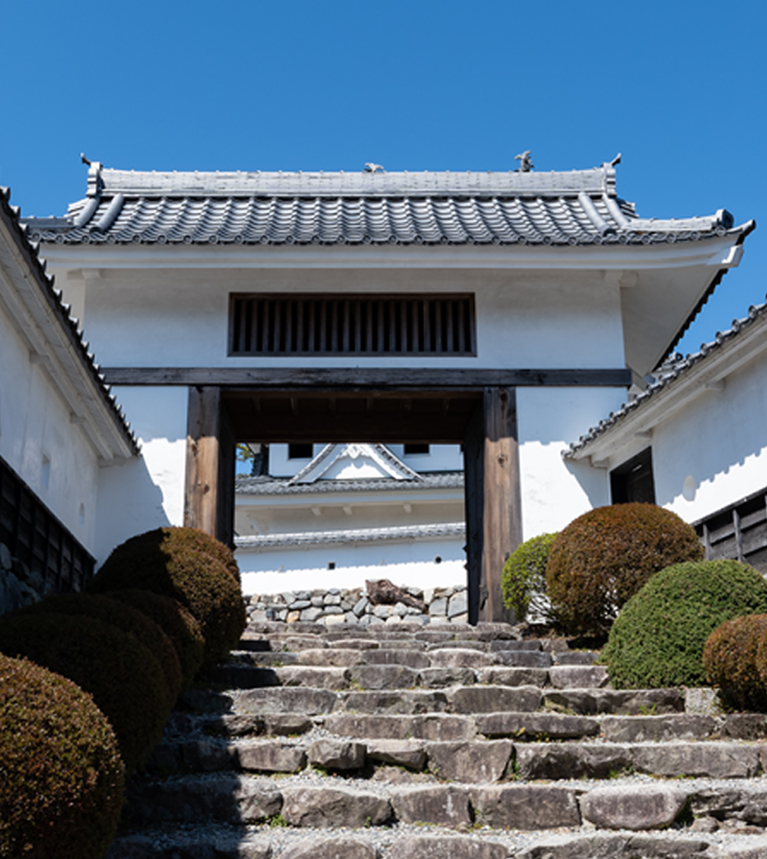
If you look up, you can find it right there.
Gujo Hachiman Castle,
the symbol of this town
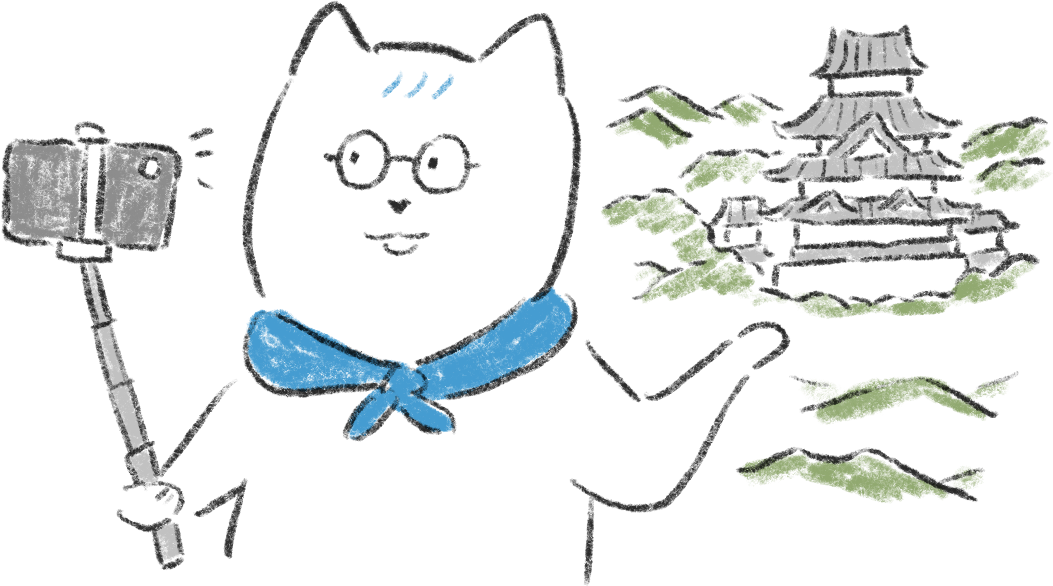
When you visit Gujo Hachiman, you can find Gujo Hachiman Castle, which overlooks the whole castle town. It begins in 1559 when Endo Morikazu built a fort on Mt Hachiman. Yoshitaka Endo, a son of Morikazu who served Nobunaga, Hideyoshi, and Ieyasu, became the first feudal lord during Edo era (1603 – 1868) and maintained the castle to form a castle town.
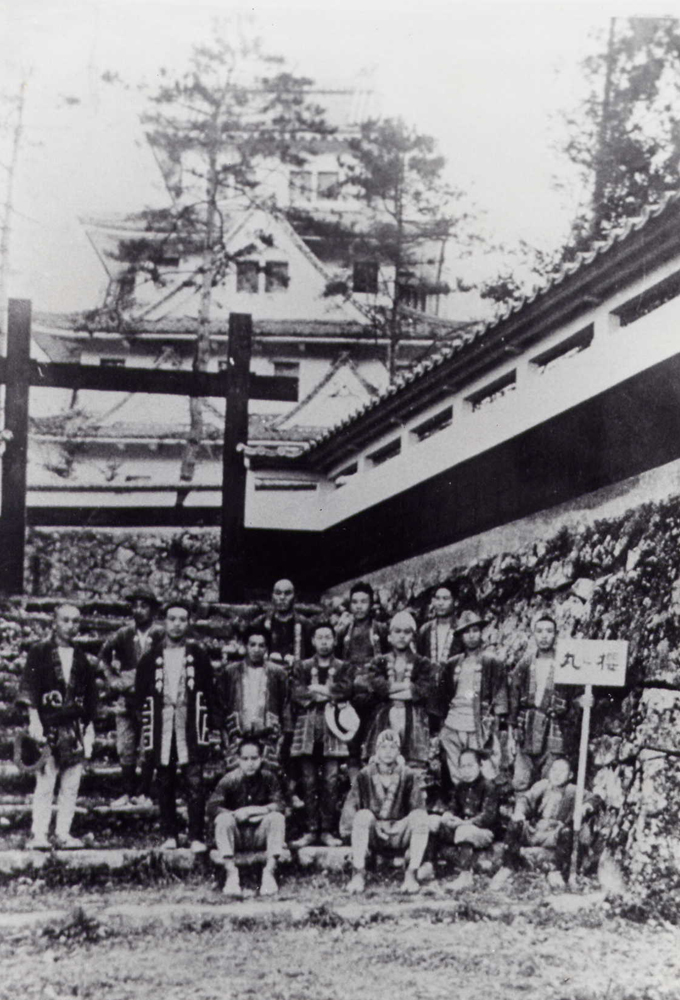
Since then, after being handed over to 5 families for 19 generations, it was abandoned due to abolition of feudal domains and establishment of prefectures of Meiji Restoration. It was demolished only leaving the stone wall. In 1933, a five-story wooden castle tower was rebuilt as a part of the reconstruction of castles nationwide. Gujo Hachiman Castle is known as Japan’s oldest wooden reconstructed castle. All the stone walls around the current castle are designated as historic sites in Gifu-ken, and the castle tower is also designated as a Tangible Cultural Property of Gujo-shi. Gujo Hachiman Castle is watching the development of the castle town and the activities of local people. For the people of the town, the existence of this castle is very natural, but important and encouraging to them.

When you visit Gujo Hachiman, you can find Gujo Hachiman Castle, which overlooks the whole castle town. It begins in 1559 when Endo Morikazu built a fort on Mt Hachiman. Yoshitaka Endo, a son of Morikazu who served Nobunaga, Hideyoshi, and Ieyasu, became the first feudal lord during Edo era (1603 – 1868) and maintained the castle to form a castle town. Since then, after being handed over to 5 families for 19 generations, it was abandoned due to abolition of feudal domains and establishment of prefectures of Meiji Restoration. It was demolished only leaving the stone wall. In 1933, a five-story wooden castle tower was rebuilt as a part of the reconstruction of castles nationwide. Gujo Hachiman Castle is known as Japan’s oldest wooden reconstructed castle. All the stone walls around the current castle are designated as historic sites in Gifu-ken, and the castle tower is also designated as a Tangible Cultural Property of Gujo-shi. Gujo Hachiman Castle is watching the development of the castle town and the activities of local people. For the people of the town, the existence of this castle is very natural, but important and encouraging to them.
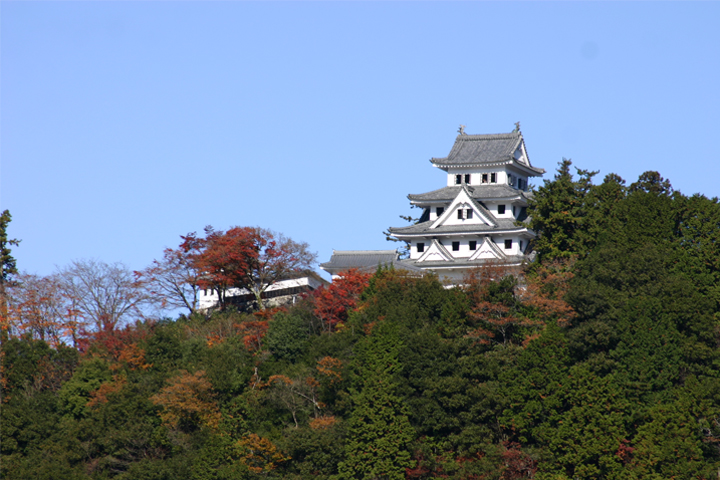

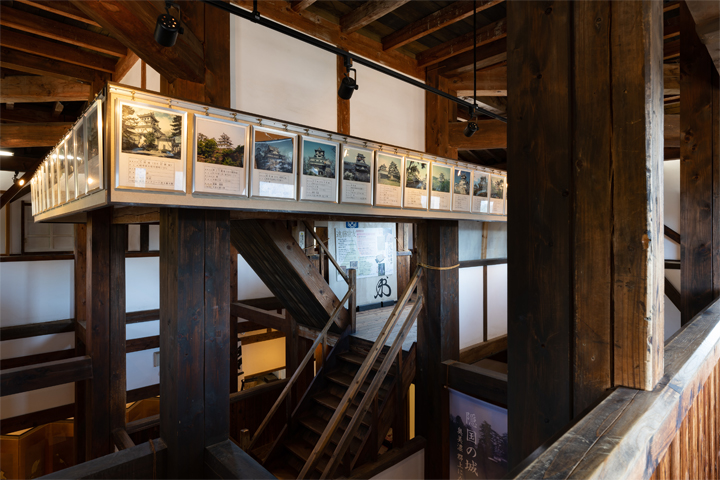
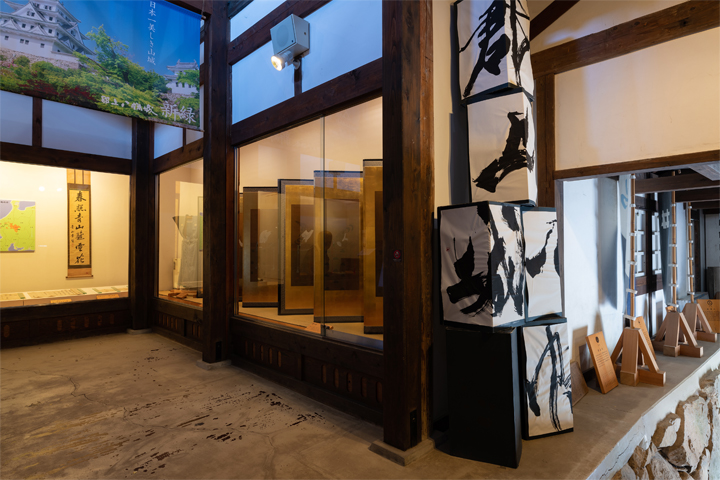
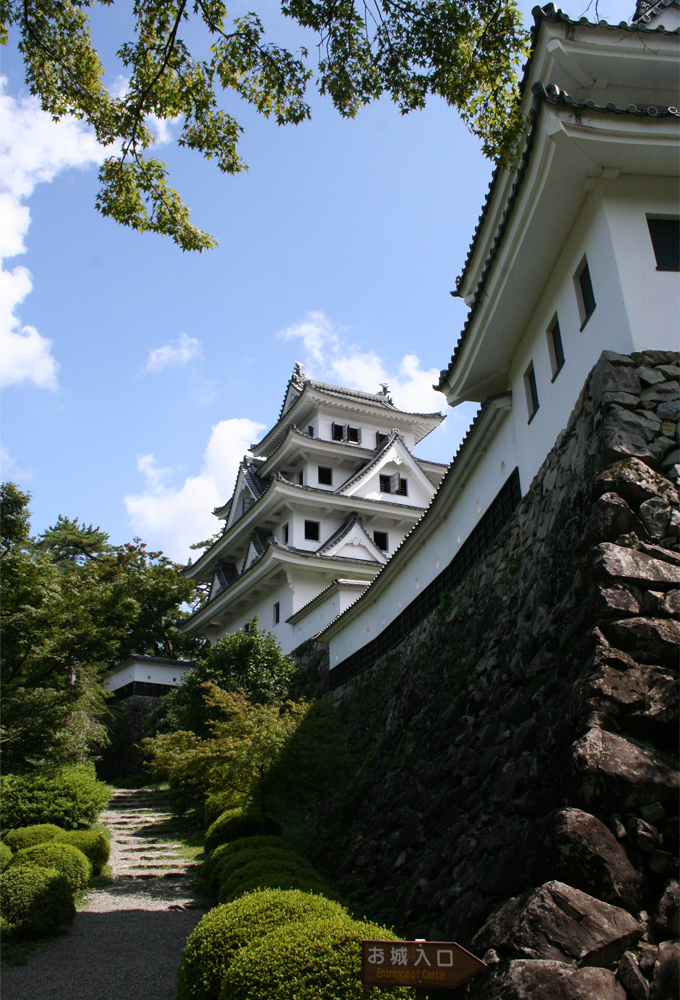
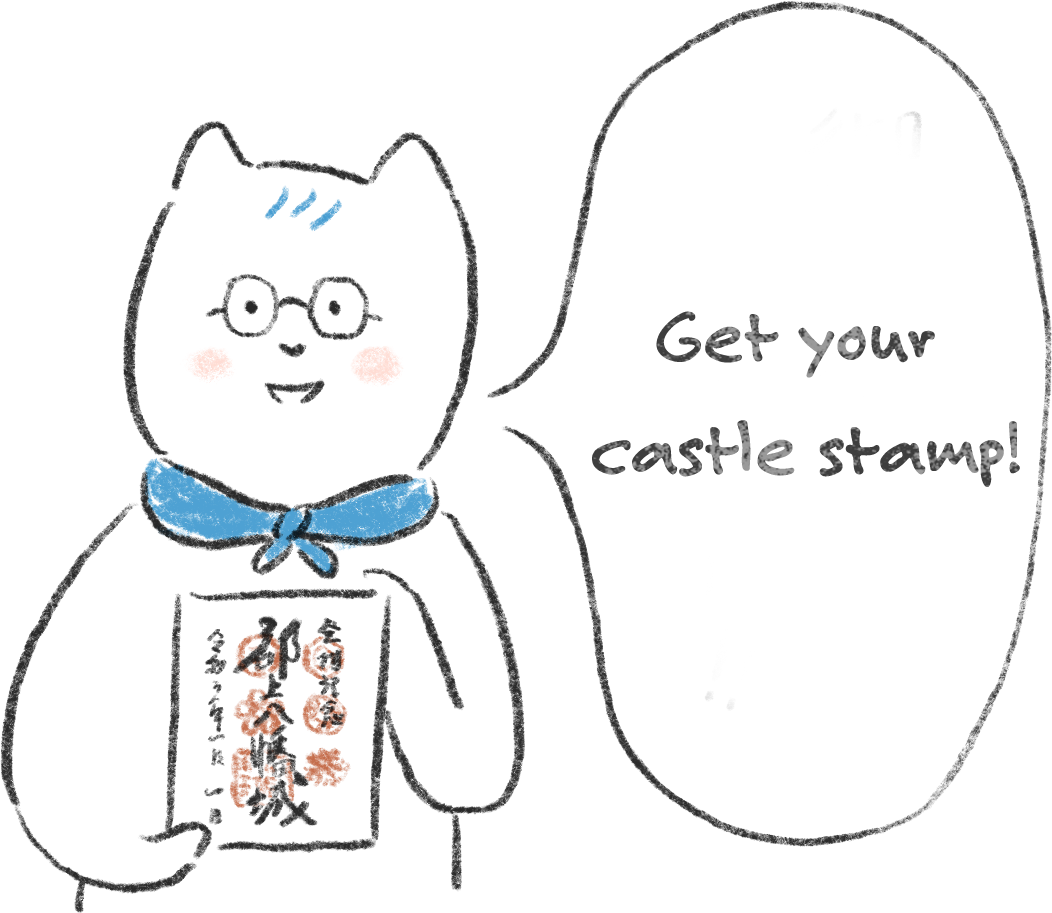
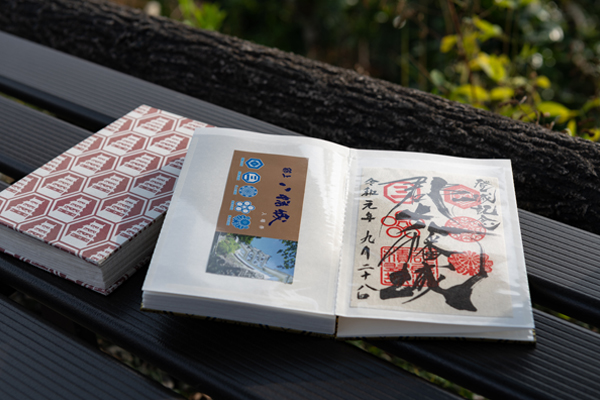
castle stamp using Mino Japanese paper
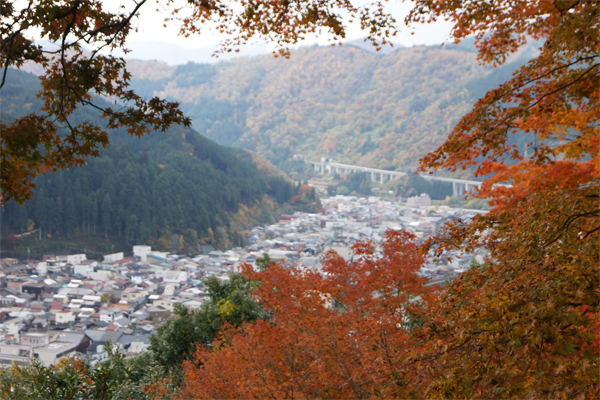
A white mountain castle and the castle town below
The beautiful view makes you want to visit each season
Writer Ryotaro Shiba described Gujo Hachiman Castle as “The most beautiful mountain castle in Japan”. You can see the beauty written in his book “Kaido-wo-yuku (Going on the Road)”. In particular, you can see the excellent appearance of the castle at the photo spot. The combination of stone wall and white castle tower is impressive and is a popular photo shooting point. In addition, when you look down the castle town from the top floor of the castle tower, it looks like a fish surrounded by mountains and Yoshidagawa River. It is as beautiful as a painting. You can also see the exhibition related to Gujo Hachiman Castle and the castle town. Don’t forget to get your castle stamp using Mino Japanese paper before you leave.
A white mountain castle and the castle town below
The beautiful view makes you want to visit each season
Writer Ryotaro Shiba described Gujo Hachiman Castle as “The most beautiful mountain castle in Japan”. You can see the beauty written in his book “Kaido-wo-yuku (Going on the Road)”. In particular, you can see the excellent appearance of the castle at the photo spot. The combination of stone wall and white castle tower is impressive and is a popular photo shooting point. In addition, when you look down the castle town from the top floor of the castle tower, it looks like a fish surrounded by mountains and Yoshidagawa River. It is as beautiful as a painting. You can also see the exhibition related to Gujo Hachiman Castle and the castle town. Don’t forget to get your castle stamp using Mino Japanese paper before you leave.
A white mountain castle and the castle town belowThe beautiful view makes you want to visit each season
Writer Ryotaro Shiba described Gujo Hachiman Castle as “The most beautiful mountain castle in Japan”. You can see the beauty written in his book “Kaido-wo-yuku (Going on the Road)”. In particular, you can see the excellent appearance of the castle at the photo spot. The combination of stone wall and white castle tower is impressive and is a popular photo shooting point. In addition, when you look down the castle town from the top floor of the castle tower, it looks like a fish surrounded by mountains and Yoshidagawa River. It is as beautiful as a painting. You can also see the exhibition related to Gujo Hachiman Castle and the castle town. Don’t forget to get your castle stamp using Mino Japanese paper before you leave.


Four seasons at Gujo Hachiman Castle
Cherry blossoms in spring, fresh greenery in summer,
red leaves in autumn and snow in winter
The faces of the castle and the castle town change every seasons.
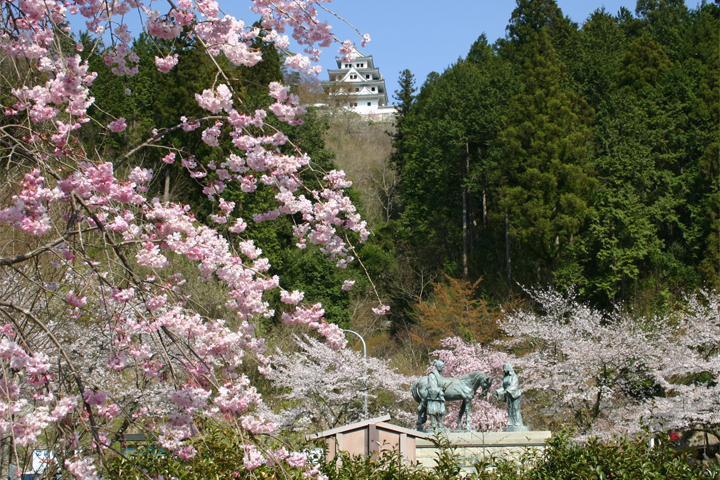
SPRING
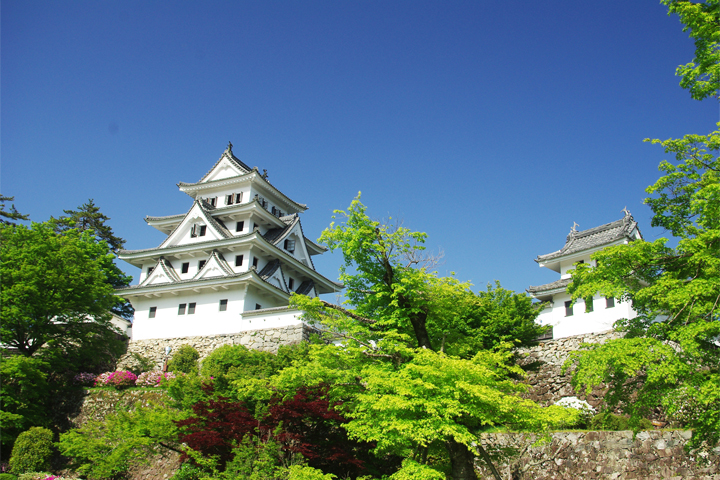
SUMMER
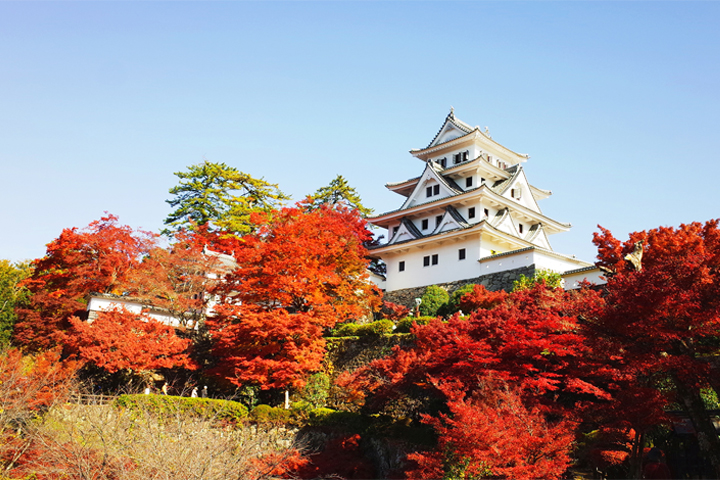
AUTUMN
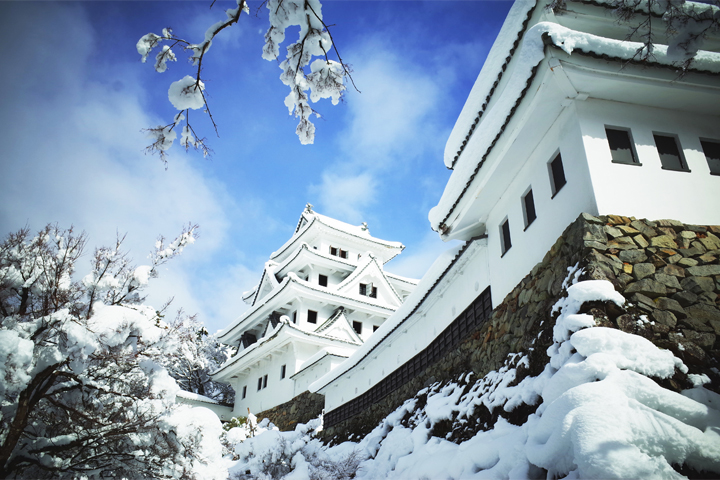
WINTER

A view overlooking the foggy castle town
from the top of the castle

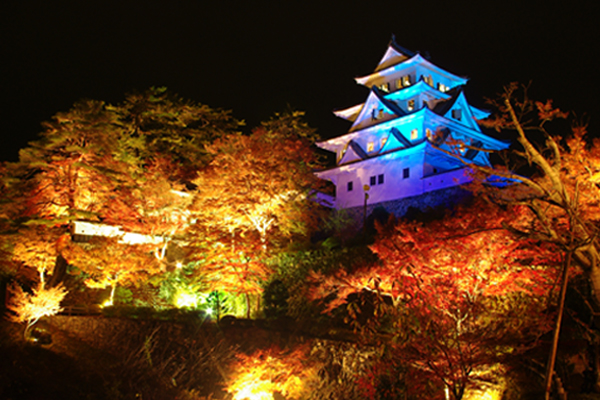


Red leaves at Gujo Hachiman Castle




A view overlooking the foggy castle town
from the top of the castle



Red leaves at Gujo Hachiman Castle
On a foggy day, we recommend looking down on the castle town surrounded by fog from the castle tower in the mountaintop. Especially early in the morning is fantastic. When the autumn leaves are at their peak on a few days of mid-November, the castle tower is surrounded by red maple leaves. It is also called “Tenshu-enjo (Castle tower on fire)” and is so breathtaking.
On a foggy day, we recommend looking down on the castle town surrounded by fog from the castle tower in the mountaintop. Especially early in the morning is fantastic. When the autumn leaves are at their peak on a few days of mid-November, the castle tower is surrounded by red maple leaves. It is also called “Tenshu-enjo (Castle tower on fire)” and is so breathtaking.


